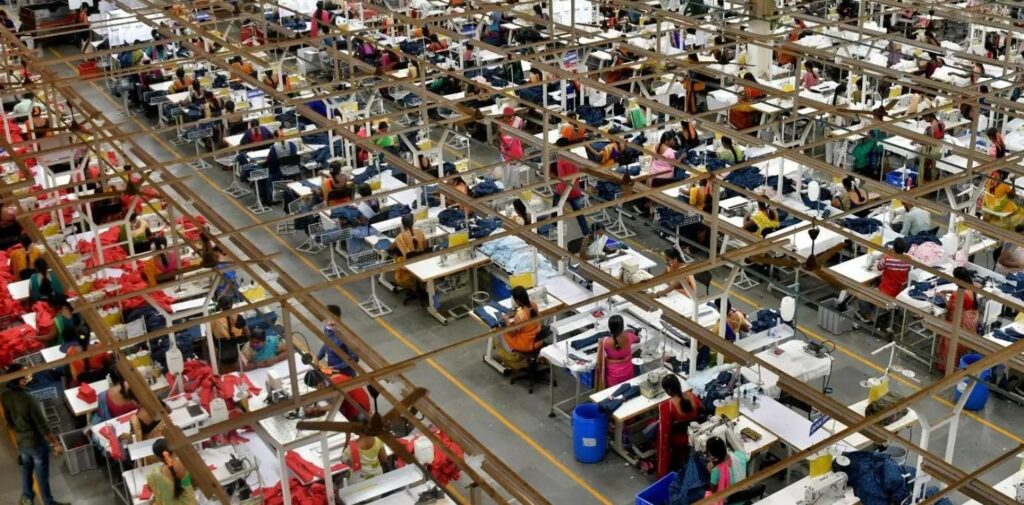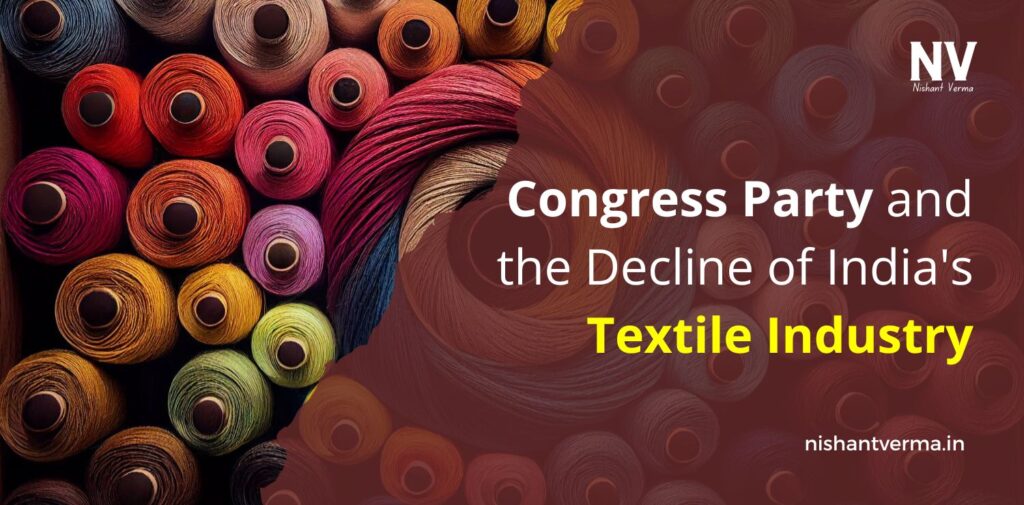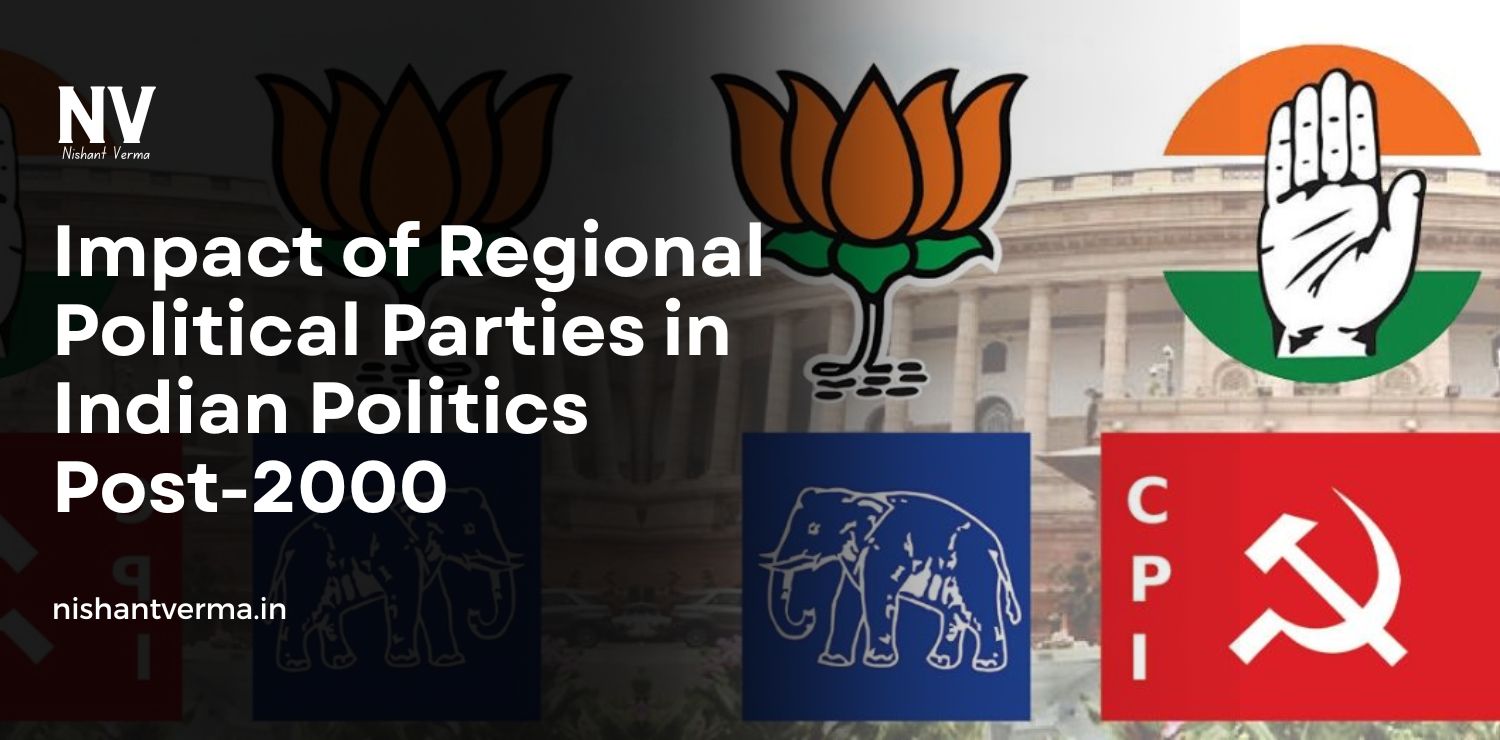India Textile Industry has a long and rich history. For centuries, India was known for its fine fabrics and textile production. However, in the 20th century, especially after India gained independence in 1947, the textile industry started to decline. Many factors contributed to this decline, and one of the major reasons was the role played by the Congress Party, which led the country for several decades after independence.
The Importance of the Textile Industry
Before independence, India Textile Industry was a vital part of the economy. The country produced a variety of textiles, from cotton to silk, and these were highly sought after worldwide. The industry provided millions of jobs and was a key source of income for many people.
After independence, however, the textile industry faced serious challenges. While some of these were due to global changes and economic shifts, a significant portion of the problems can be traced back to the policies implemented by the Congress Party.

Role of the Congress Party in the Decline
- Over-Regulation and Licensing System: One of the most important reasons for the decline of the textile industry was the over-regulation introduced by the Congress government. After independence, India adopted a policy of “license raj,” where the government controlled almost all industries. The textile industry was no exception. Under the Congress Party’s leadership, the textile sector became heavily regulated. New businesses had to obtain licenses to start production, and the existing ones faced many restrictions. This made it difficult for textile businesses to expand or innovate. Many small businesses were unable to survive under these regulations, leading to job losses and a slowdown in production.
- Nationalization and State Control: The Congress Party also introduced policies of nationalization in several industries, including textiles. In 1974, the government took control of several textile mills. While the intention was to protect workers and ensure fair wages, the result was often inefficiency. State-run industries lacked the flexibility and innovation of private businesses, and many mills became unprofitable. The Congress Party’s focus on central control meant that private textile companies had little room to grow. Instead of encouraging competition and innovation, the government’s policies led to stagnation. As a result, the textile industry became less competitive globally.
- Focus on Large-Scale Industrialization: The Congress Party, in its early years of governance, was more focused on large-scale industrialization. While sectors like heavy industries and infrastructure development were prioritized, the textile sector, which was seen as traditional and less modern, was often ignored. This meant that the industry did not receive the investment it needed to upgrade machinery or adopt new technologies. As a result, India Textile Industry fell behind other countries that were investing heavily in modernizing their textile manufacturing. Countries like China, South Korea, and Bangladesh, which focused on improving technology and efficiency, soon outpaced India in textile production.
- Lack of Support for Exports: India Textile Industry was once a major exporter of fabrics and garments. However, the Congress Party’s policies did little to support textile exports. Trade barriers, tariffs, and a lack of focus on international markets meant that Indian textiles were often more expensive and less competitive than those from other countries. The government did not invest enough in promoting India’s textile exports or in building global connections for Indian textile companies. As a result, India lost its position as a major player in the global textile market.
Other Contributing Factors
While the Congress Party’s policies played a significant role in the decline of the textile industry, other factors also contributed to the problem. The lack of proper infrastructure, power shortages, and rising labor costs also hurt the industry. Additionally, the rise of synthetic fibers, which were cheaper and easier to produce, led to a shift away from traditional textiles.

The Aftermath
By the 1980s and 1990s, India Textile Industry had significantly lost its global market share. Many mills were shut down, and millions of workers lost their jobs. The once-thriving industry, which had been the backbone of India’s economy, was left struggling to survive.
It was only after the 1990s when economic liberalization policies were introduced that the textile industry began to show signs of recovery. The liberalization helped reduce some of the over-regulation, and businesses were given more freedom to compete both domestically and internationally.
Conclusion: India Textile Industry
The decline of India Textile Industry is a complex issue with multiple factors at play. However, the Congress Party’s policies of over-regulation, nationalization, and lack of focus on modernization and exports certainly contributed to the industry’s downfall. The country lost its competitive edge in the global market, and millions of people who depended on the textile sector suffered. It was only with the opening up of the economy in the 1990s that the textile industry started to recover and regain some of its former glory. Today, India’s textile sector is once again a major contributor to the economy, but it is clear that the policies of the Congress Party during the mid-20th century played a significant role in its decline.




